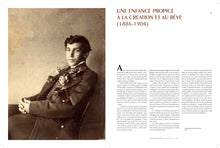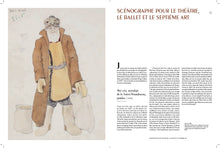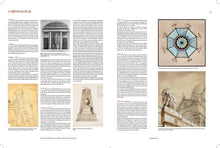
- En savoir plus
- Les auteurs
From Imperial Russia to Rome in the 1960s, the architect, painter and scenographer André Beloborodoff (1886-1965) embodies, alongside his friends Emilio Terry and Jean-Charles Moreux, an alternative vision of history and modernity.
An enlightened Palladian, Beloborodoff designed palaces, castles and villas for the Café Society using modern construction techniques such as reinforced concrete. The development of the Youssoupoff palace in Saint Petersburg, the Caulaincourt castle in Aisne and Maurice Sandoz's villa in Rome – built at the same time as Le Corbusier's Cité radieuse – are the still living testimony of his timeless classicism, clean and refined.
But the essence of his architectural work is found in his metaphysical and surrealist painting, praised by Paul Valéry, Mario Praz, Henri de Régnier and Jean-Louis Vaudoyer. It refers to submerged or disappeared worlds as well as to buildings that Beloborodoff, eternally uprooted, did not build.
•Size: 23 x 30.5 cm
•Number of pages: 336
•Illustrations: 350
• Hardcover with dust jacket
•Authors: Eugénie von Neipperg, Simon Texier
•Sale price: €75
•ISBN: 9782376660187
Text in French only
Work published with the assistance of the National Book Center.
Art historian Eugénie von Neipperg (née von Mitschke-Colande) defended her doctoral thesis on the life and work of André Beloborodoff at the University of Paris IV-Sorbonne. She has worked in audiovisual journalism for Arte France and ZDF in Paris, Rome and London and is an art advisor for international clients.
Preface by Simon Texier, professor of contemporary art history, University of Picardie Jules-Verne.
Préface de Simon Texier, professeur d’histoire de l’art contemporain, université de Picardie Jules-Verne.

























